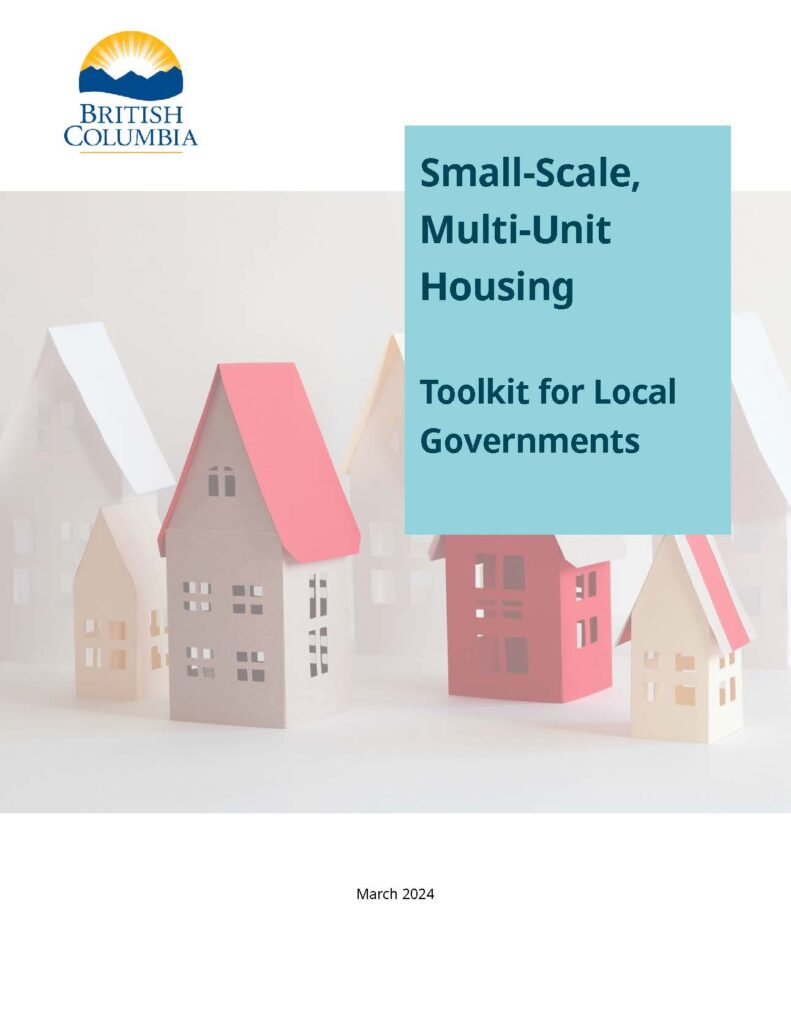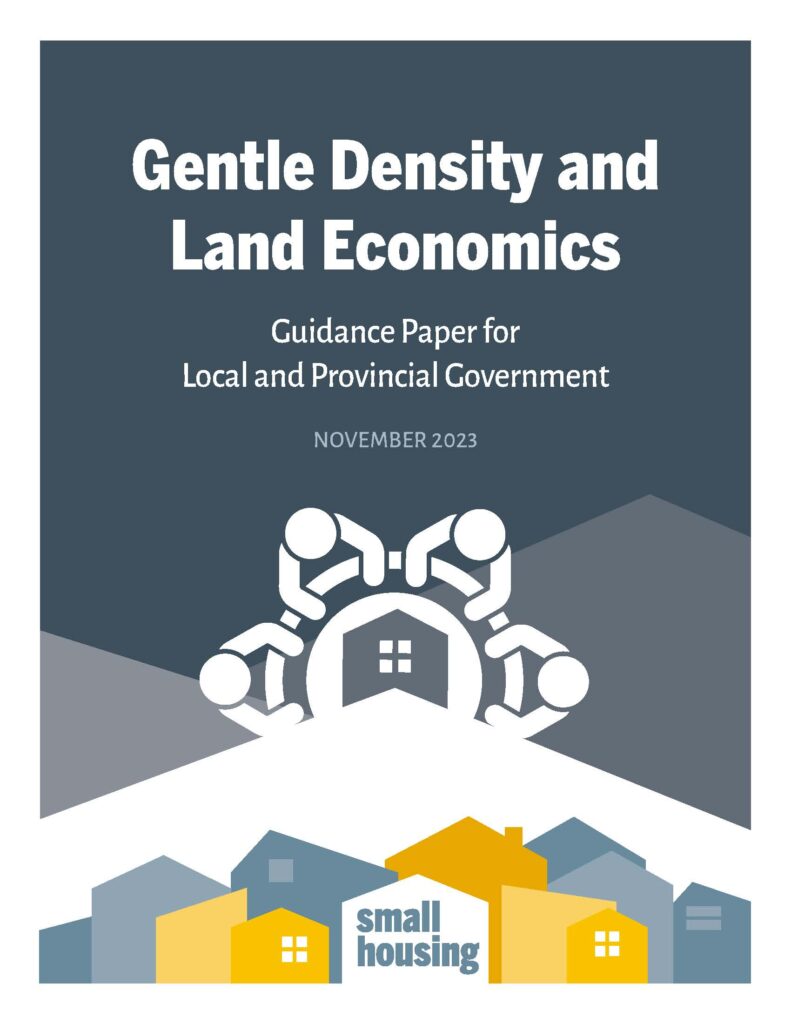
In 2023, the Terner Center published “Making It Pencil: The Math Behind Housing Development” to assist policymakers in understanding the financial feasibility of large-scale, for-rent midrise apartment buildings. However, recent state and local land use reforms have focused on smaller-scale housing in lower-density neighborhoods, including accessory dwelling units (ADUs), duplexes, and fourplexes, often referred to as “missing middle” housing. States like California, Oregon, and Montana, along with cities such as Minneapolis and Portland, have introduced legislation and rules to promote this housing growth.
This policy paper employs the methodology from our 2023 report to analyze the development characteristics of missing middle projects. Through a series of project pro forma case studies across four California markets, the report finds that many missing middle housing types are not financially feasible, with four-unit ownership buildings being the most challenging to develop. Despite these challenges, missing middle housing can play a crucial role in providing entry-level homeownership and naturally affordable rental options. It is imperative for local and state policymakers to reexamine regulations that hinder the development of missing middle housing, such as lot size, parking, and insurance requirements.








